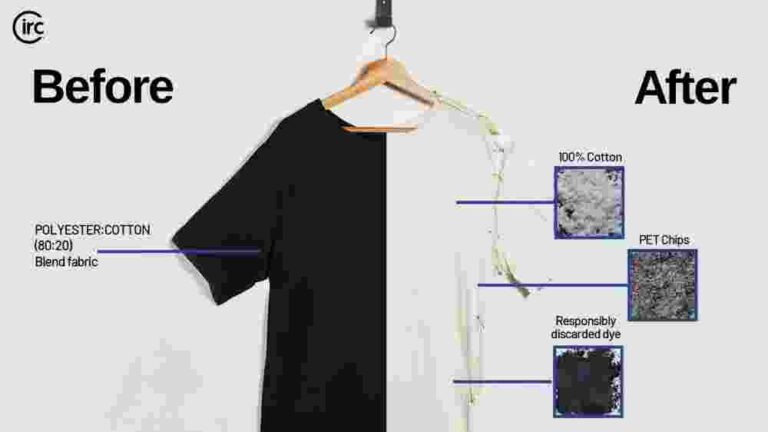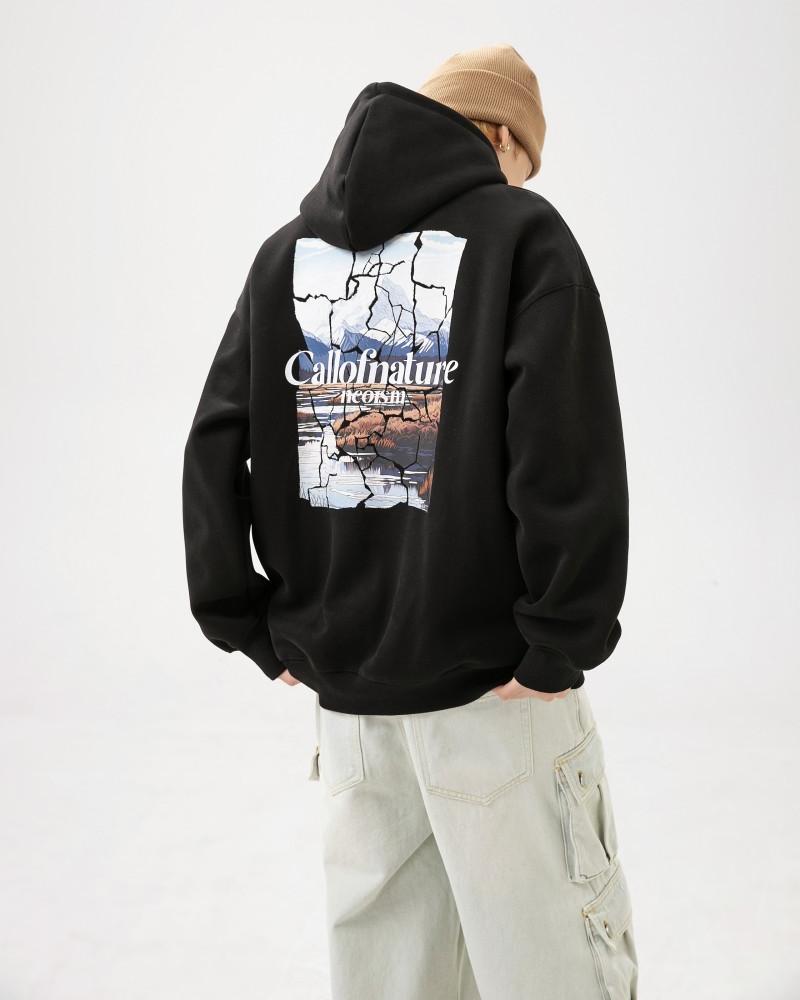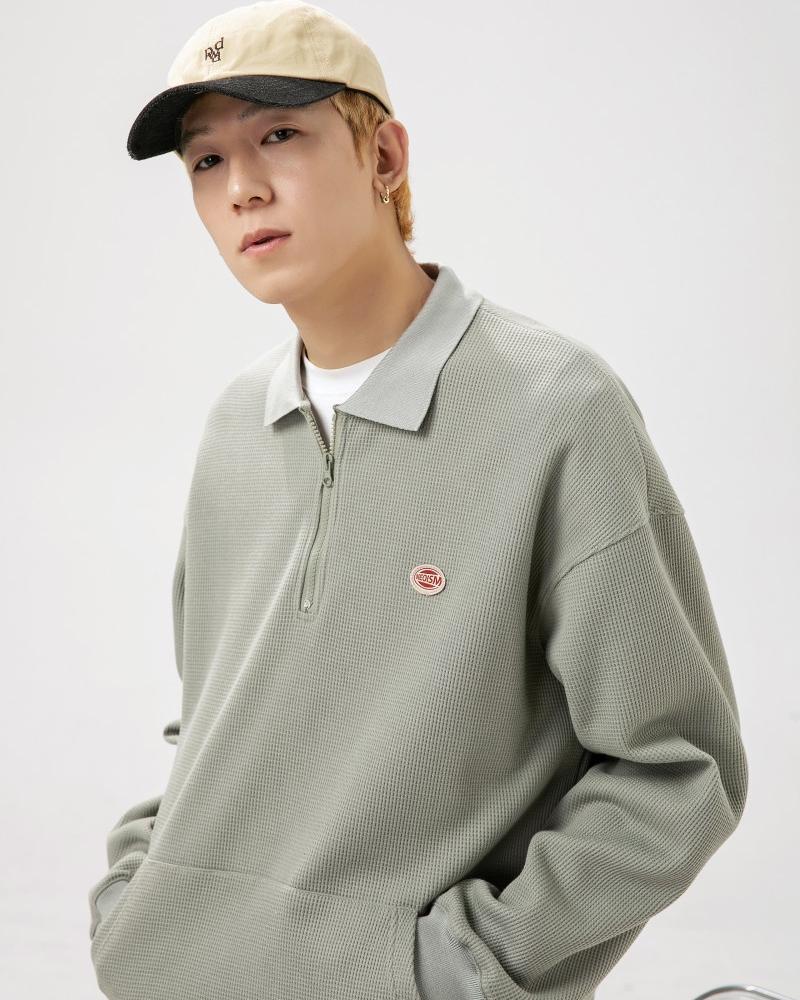-
No. 28, Zhanqian 1st Street, Liuhua Subdistrict, Yuexiu District, Guangzhou City

The Way of “Survival Coach”: How Clothing Manufacturers Can Rise Against the Trend in a Crisis
Table of Contents
Abstract
In a business environment, crises often become a touchstone for the survival of enterprises. Taking the clothing manufacturing industry as an example, this article explores how enterprises can achieve counter-trend growth through the three strategies of “being flexible, adapting to changes, and overcoming difficulties” in adversity. Combined with the actual case of FUSH˚, this article analyzes how it adjusted its production strategy, adapted to changes in market demand, and ultimately overcame difficulties during the COVID-19 pandemic. Through 10 core arguments and evidence, this article reveals the key success factors of enterprises in crises, including flexible production, customer loyalty, sustainable transformation, etc., providing industry practitioners with experience to learn from.
1. Being flexible: Flexible production to cope with sudden demands
Argument: Clothing manufacturers with flexible production capabilities can respond to market changes more quickly. Argument: FUSH˚ quickly adjusted its production line during the pandemic, switching from event clothing to mask production, and using existing knitting equipment to quickly adapt to new demands to ensure business continuity.
2. Adapting to changes: the agility advantage of small-scale enterprises
Argument: Small and medium-sized clothing enterprises can adjust their production processes more quickly due to their simple structure. Argument: The FUSH˚ team has only 171 people, but it can quickly transform from sportswear to mask and streetwear production, proving the flexibility of small-scale enterprises in crises.

3. Overcoming difficulties: the key role of customer loyalty
Argument: Long-term cooperative customers can provide stable orders during the crisis. Argument: FUSH˚’s two major customers did not cancel their pre-epidemic orders and added mask demands to help the company through the most difficult period.
4. Rapid transformation: from marathon T-shirts to epidemic prevention masks
Argument: When market demand suddenly changes, companies need to quickly adjust their product lines. Argument: After the cancellation of the event, FUSH˚ quickly learned new processes (such as the production of silver-plated non-woven masks) and achieved business transformation in just a few weeks.
5. Technology upgrade: The application of new materials expands business boundaries
Argument: Mastering a variety of fabric technologies can enhance corporate competitiveness. Argument: FUSH˚ first tried silver-plated antibacterial fabrics, which not only met the needs of masks, but also laid the foundation for the development of future functional clothing.
6. Order strategy: Small orders adapt to emerging markets
Argument: Accepting small orders can attract start-up brands and expand customer base. Argument: FUSH˚ takes a large number of small orders in the streetwear trend and establishes long-term cooperation with emerging brands.
7. Sustainable production: The core competitiveness of the future industry
Argument: Environmentally friendly fabrics and green manufacturing will become industry standards. Argument: FUSH˚ observed the growing demand for sustainable production from brands, and laid out environmentally friendly processes in advance to enhance market appeal.
8. CMT model: the commercial value of customized production
Argument: Providing CMT (cutting, sewing, ironing) services can improve customer stickiness. Argument: FUSH˚ meets customers’ personalized needs through the CMT model and becomes a long-term partner that big brands are reluctant to change.
9. Employee training: Skill diversification ensures production flexibility
Argument: A multi-skilled employee team can adapt to production changes more quickly. Argument: FUSH˚ employees mastered mask production technology in a short period of time, which reflects the team’s high adaptability.
10. Minimum order quantity strategy: balancing costs and customer needs
Argument: A reasonable minimum order quantity policy can optimize production efficiency. Argument: FUSH˚ sets a minimum order quantity of 500 pieces, which not only ensures that production costs are controllable, but also meets the needs of small and medium-sized brands.
FAQS
1. How did FUSH˚ adapt during the COVID-19 pandemic?
FUSH˚ shifted from event apparel to mask production, leveraging flexible manufacturing to meet urgent demand.
2. Why are small clothing manufacturers more agile in crises?
Smaller teams and simpler structures allow faster adjustments to new production needs.
3. How did customer loyalty help FUSH˚ survive?
Key clients maintained orders and added mask requests, providing stability during the crisis.
4. What new materials did FUSH˚ use for masks?
They introduced silver-coated non-woven fabrics for antibacterial protection.
Summary
FUSH˚’s case proves that the survival rules of the apparel manufacturing industry in a crisis can be summarized into three points: Flexible adjustment of production, deep binding with customers, and forward-looking layout of trends. If companies can be like “survival coaches”, find new opportunities in improvisation, optimize processes in adapting to changes, and rely on core advantages when overcoming difficulties, they can achieve growth in adversity. In the future, sustainable production, customized services, and small-order quick response models will become key trends in the industry, and FUSH˚’s experience provides valuable reference for peers.
Call for action: If you are looking for a trustworthy clothing manufacturer that can adapt to changes, FUSH˚ will be your ideal partner. Contact us to make your brand more resilient in the competition!








